14 Best HR Metric Formulas You Need to Know
For some, HR metrics and formulas might seem like a basic task. I spent hours each week in my last HR job organizing spreadsheets, building excel formulas and creating charts and graphs to organize and better understand what my HR numbers and workforce analytics were telling me. While spreadsheets still remain a great way to organize your HR analytics, these days dashboards within HR technologies exist to help lessen the amount of administrative work and formula building.
In 2012, Aberdeen published a study that outlined the analytics journey with big data for HR. Their research demonstrated that 46% of HR needed access to workforce analytics to support growth and other HR decision making. HR metrics, formulas and other data analysis lead to better human capital business decision making PERIOD.
Strategic HR Metrics Examples
- Monthly Turnover Rate = (number of separations during month / average number of employees during month) x 100).
- Revenue per Employee = total revenue / total number of employees. This is especially important when evaluating the cost of a lost employee due to voluntary or involuntary turnover.
- Yield Ratio = percentage of applicants for a recruitment source that make it to a determined stage of the application process.
- Human Capital Cost = Pay + Benefits + Contingent Labor Cost / Full Time Equivalents.
- HR to Staff Ratio = Employees / Human Resources Team Members. This ratio is important since during the recession HR departments have reduced in number dramatically. HR serves as the internal customer support staff just like call center customer service employees serve as external facing.
- Return on Investment = (total benefit – total costs) x 100.
- Promotion Rate = Promotions / Headcount.
- Promotion Ratio = No. of promotions / no.of promotion + externally hired employees.
- Percentage Female at Management Level = Female Management Level Employees/Management Level Headcount. This formula can also be used when evaluating executives at a female level and other diversity categories like veterans and race.
Human Resource Metrics Examples
- Employee Absence Rate = number of days in month / (average number of employees during month x number of days). I have used this analysis to look at employee absence rates for different departments and managers. Sometimes the best way to determine if their is a culture or manager opportunity is through evaluating the percentage of absences by department or manager.
- Worker’s Compensation Cost Per Employee = total workers compensation cost for year / average number of employees.
- Worker’s Compensation Incident Rate = (number of injuries and/or illnesses per 100 full-time employees ∕ total hours worked by all employees during the calendar year) x 200,000.
- Overtime per Individual Contributor Headcount = Overtime Hours/Individual Contributor Headcount.
- Average Employee Age = Total Age of Employees / Headcount. This is an important metric in my mind when looking at succession planning and forecasting staffing areas of opportunity as older workers begin to consider retirement. Also an important metric when calculating benefits cost for your organization.
Some people call leveraging metrics as part of your HR strategy an evidence-based HR practitioner. I like to think of it as a smart organizational business partner who specializes in workplace analytics to drive these type of business decisions. In reality, it’s part of being a more strategic HR practitioner depending on your role in the organization. CEO’s understand numbers, reports and data that supports a business decision or new program you are proposing. Having these led to yes from your executive leaders much quickly.

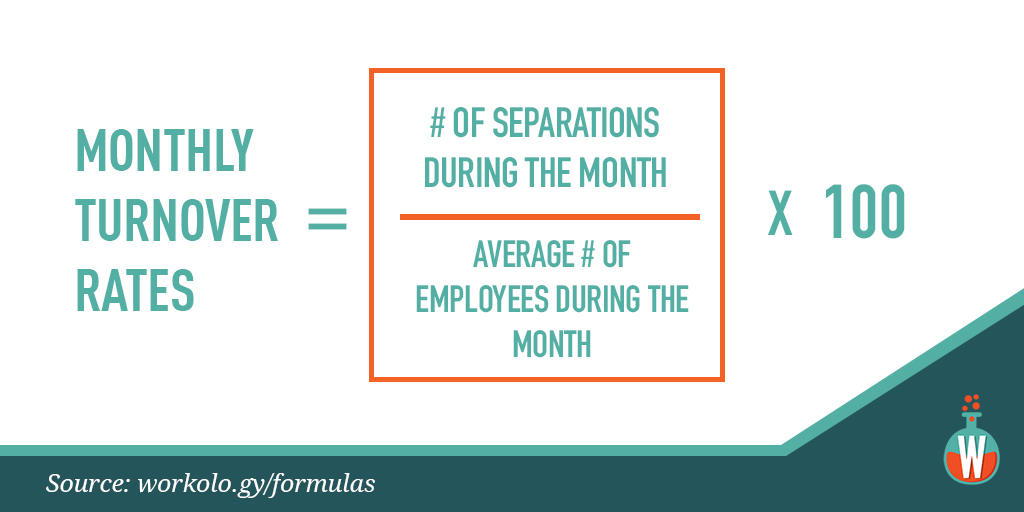
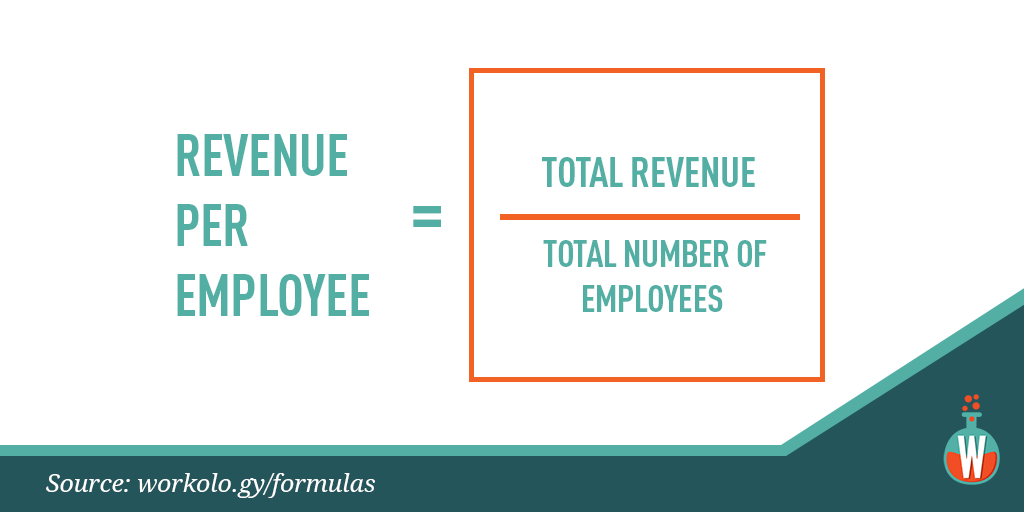
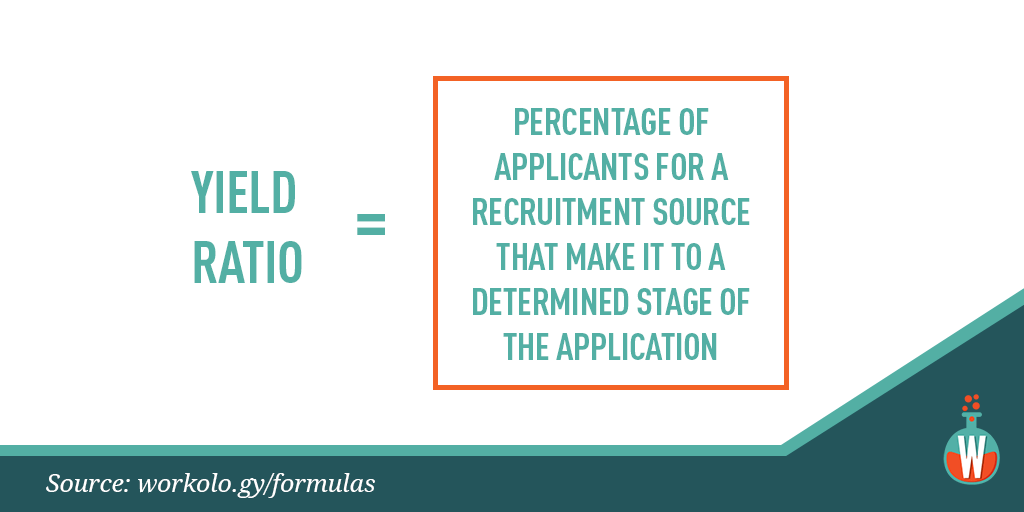

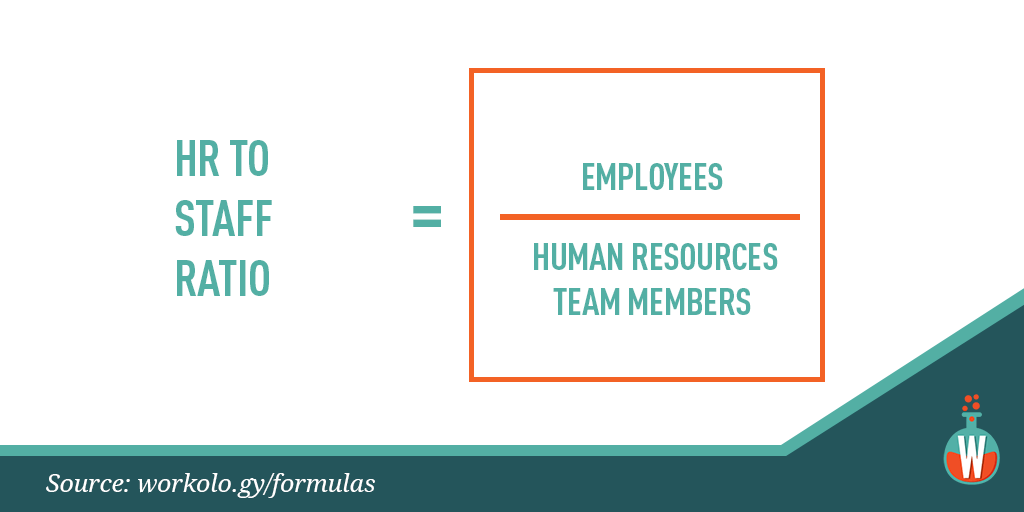
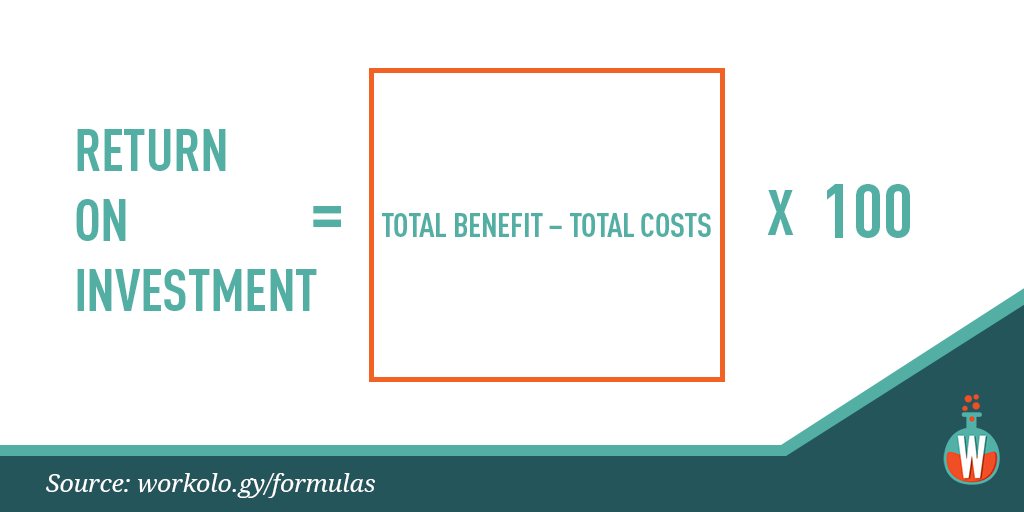

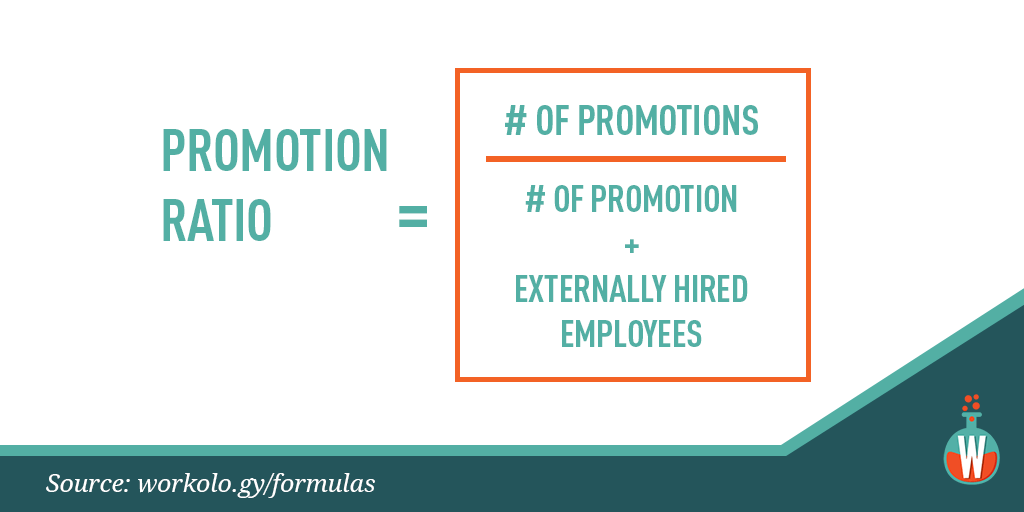
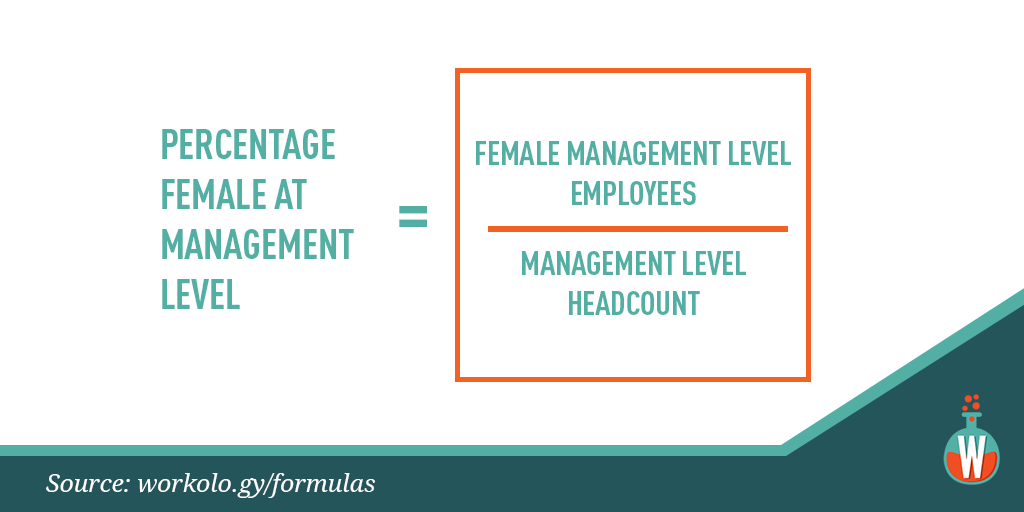

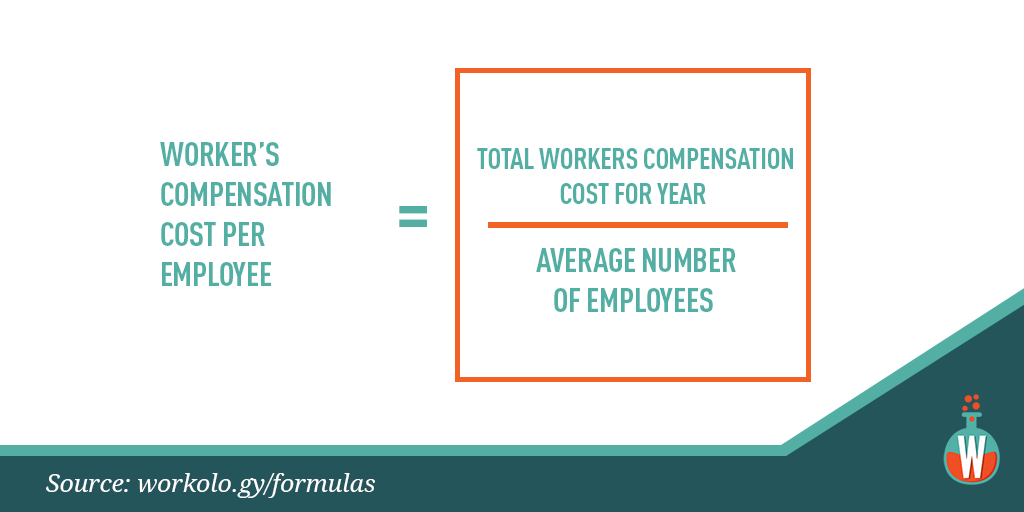
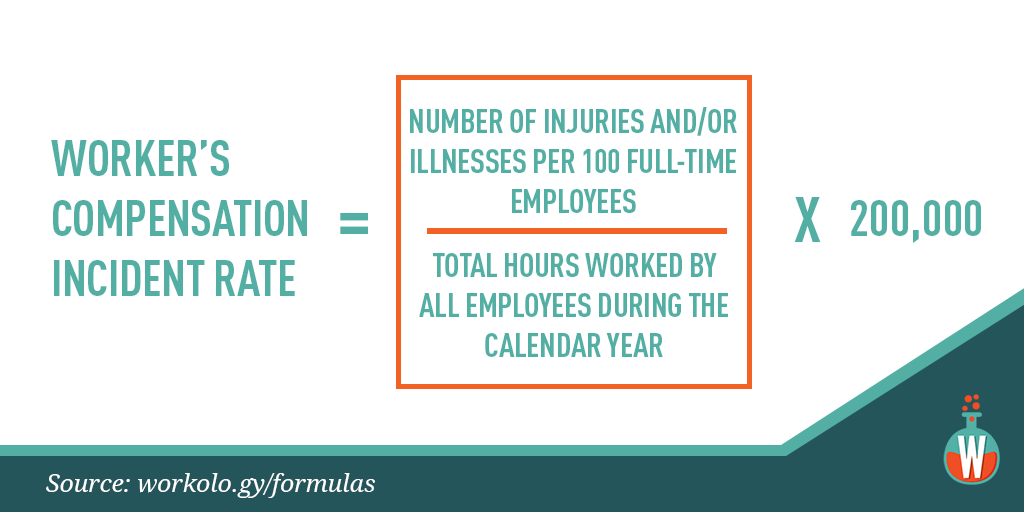
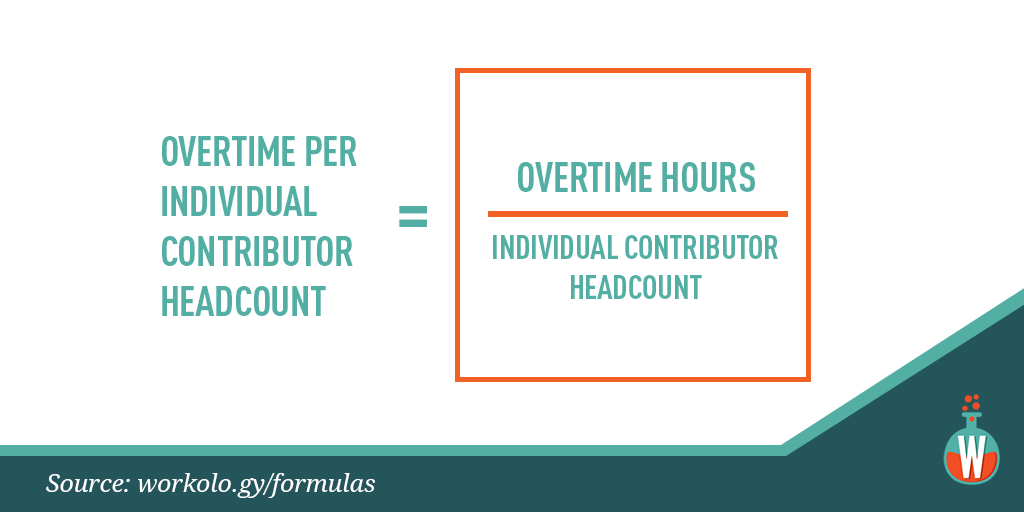
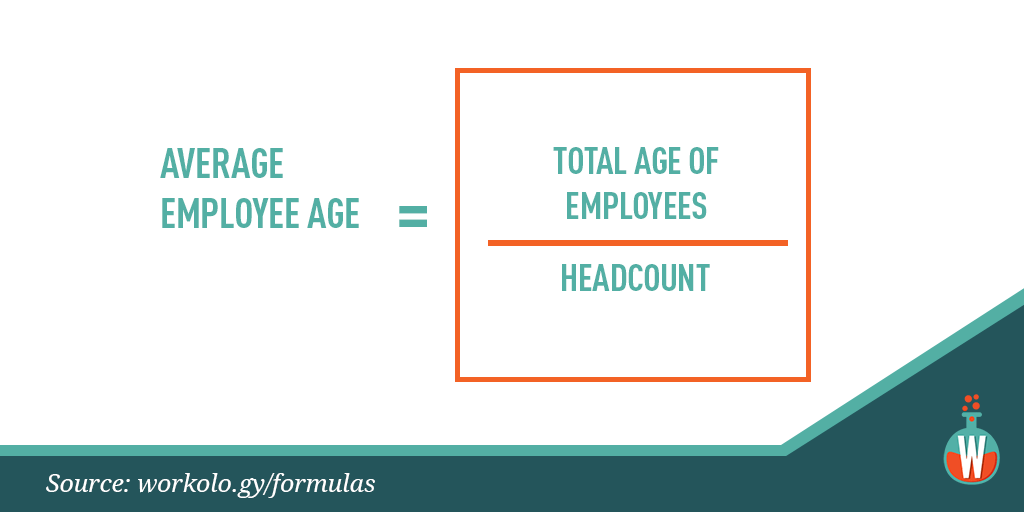








One Comment
I’m very interested in this webinar, but the link takes you to a sign-up for a 1 Page demo on March 4th. I tried a Google search but no luck finding this webinar for 2/26. We’re launching a new HRIS in May and this would be very helpful as we start to set up reports and scoreboards in the new system.
Comments are closed.